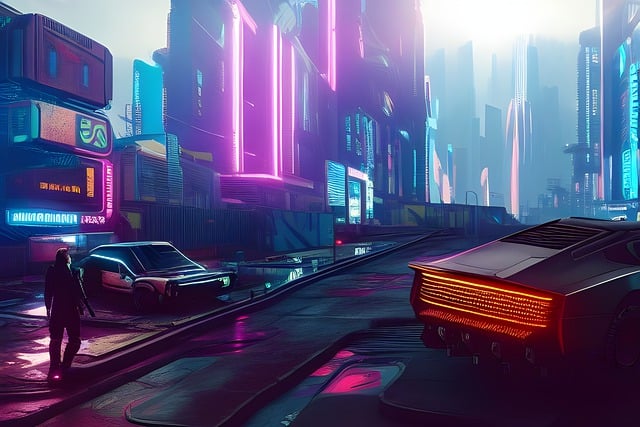January 31, 2024 Imphal By Banti Phurailatpam:
Contents
- 1 Introduction:
- 2 Chapter 1: Getting Started with Unreal Engine
- 3 Chapter 2: Understanding Blueprints
- 4 Chapter 3: Working with Assets
- 5 Chapter 4: Level Design
- 6 Chapter 5: Animation and Cinematics
- 7 Chapter 6: Optimization Techniques
- 8 Chapter 7: Community and Resources
- 9 Chapter 8: Realizing Your First Game
- 10 Conclusion:
Introduction:
Unreal Engine stands as a powerful tool in the world of game development, providing developers with the means to create stunning and immersive experiences. For beginners venturing into the realm of Unreal Engine, a solid foundation in the basics is crucial. This comprehensive guide will walk you through easy and basic tutorials, ensuring a smooth initiation into the world of Unreal Engine.
Chapter 1: Getting Started with Unreal Engine
1.1 Introduction to Unreal Engine:
- Overview of Unreal Engine’s capabilities.
- Understanding the user interface.
- Downloading and installing Unreal Engine.
1.2 Your First Project:
- Creating a new project.
- Navigating the project workspace.
- Understanding the different project templates.
1.3 Basic Navigation:
- Camera controls and movement.
- Scene navigation and manipulation.
Chapter 2: Understanding Blueprints
2.1 Introduction to Blueprints:
- Definition and significance.
- Blueprint types: Level Blueprint and Class Blueprint.
2.2 Visual Scripting Basics:
- Nodes and connections.
- Variables and data types.
2.3 Creating Your First Blueprint:
- Building a simple interactive object.
- Adding functionality with Blueprints.
Chapter 3: Working with Assets
3.1 Importing 3D Models:
- Supported file formats.
- Importing static meshes and skeletal meshes.
3.2 Materials and Textures:
- Applying materials to objects.
- UV mapping for textures.
3.3 Lights and Shadows:
- Adding lights to the scene.
- Configuring shadows for realistic effects.
Chapter 4: Level Design
4.1 Creating Environments:
- Terrain sculpting and painting.
- Placing static meshes for props.
4.2 Building Architectural Elements:
- Using BSP brushes for architecture.
- Creating rooms and structures.
4.3 Foliage and Landscaping:
- Adding foliage for natural environments.
- Configuring landscape materials.
Chapter 5: Animation and Cinematics
5.1 Introduction to Animation:
- Basic principles of animation.
- Importing and applying animations.
5.2 Matinee and Sequencer:
- Creating cinematic sequences.
- Camera animation and scene transitions.
Chapter 6: Optimization Techniques
6.1 Performance Optimization:
- LOD (Level of Detail) settings.
- Efficient asset management.
6.2 Packaging Your Project:
- Building and packaging your game.
- Testing on different platforms.
Chapter 7: Community and Resources
7.1 Engaging with the Unreal Community:
- Forums, social media, and collaborative platforms.
- Seeking help and sharing experiences.
7.2 Additional Learning Resources:
- Recommended books, online courses, and documentation.
- Staying updated on Unreal Engine advancements.
Chapter 8: Realizing Your First Game
8.1 Monetization Strategies:
- Exploring game marketplaces.
- Crowdfunding and partnership opportunities.
8.2 Showcasing Your Work:
- Building a portfolio.
- Participating in game development events.
Conclusion:
This extensive guide aims to equip beginners with a strong understanding of Unreal Engine through easy and basic tutorials. As you progress through each chapter, you’ll gain hands-on experience and the confidence to embark on your journey into the exciting world of game development using Unreal Engine. Remember, every step you take brings you closer to realizing your creative visions. Happy developing!





